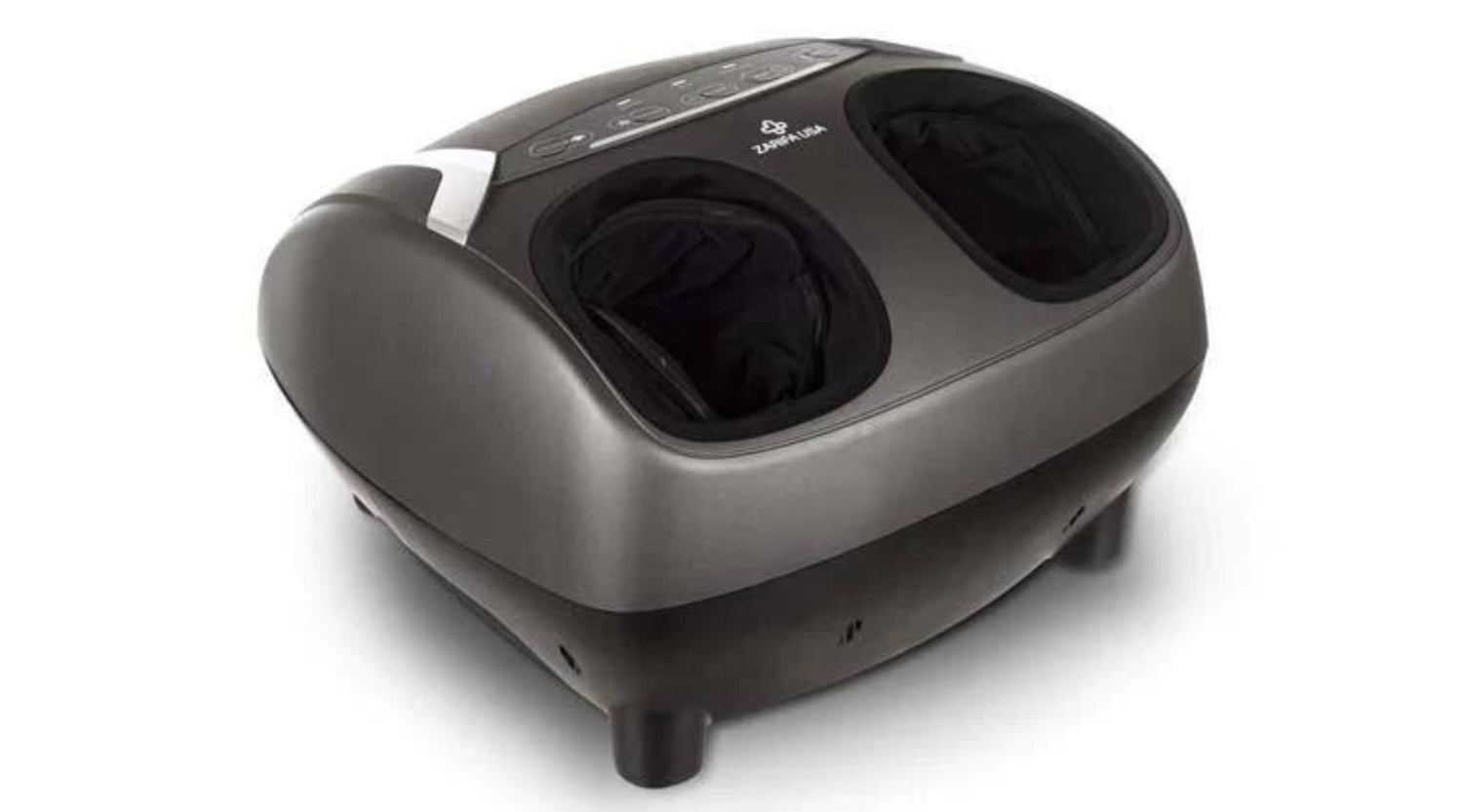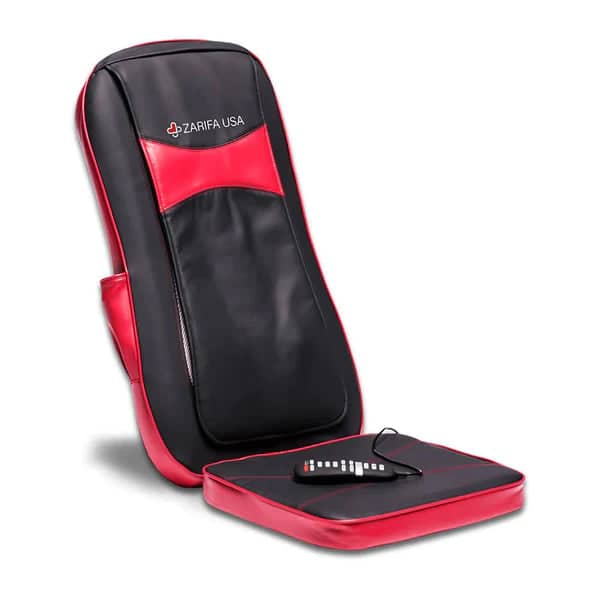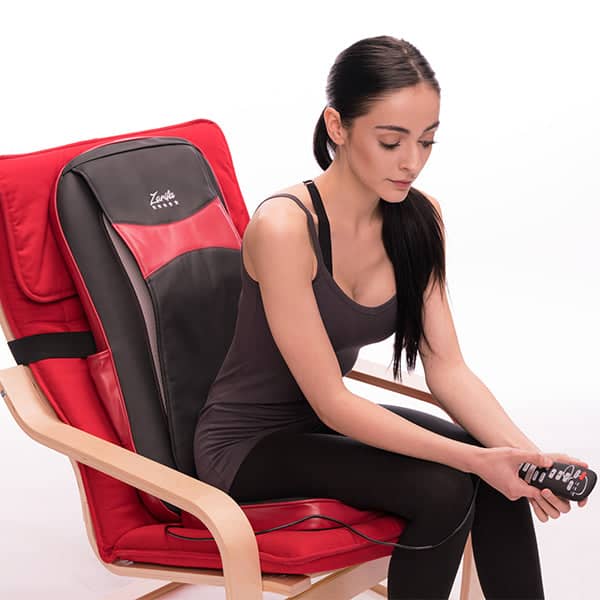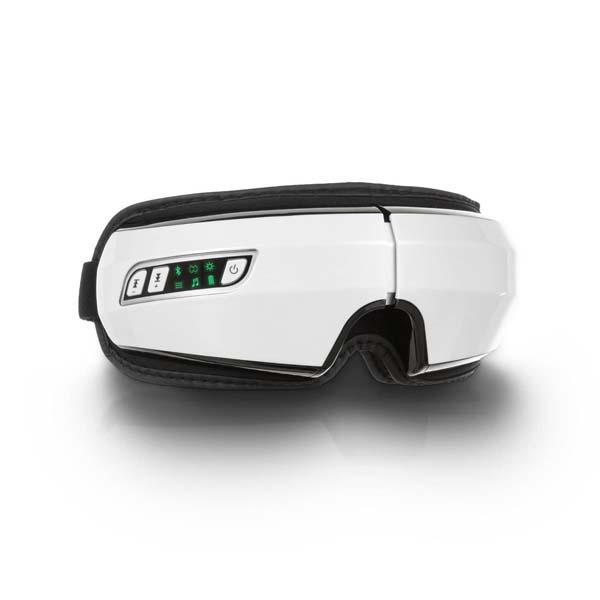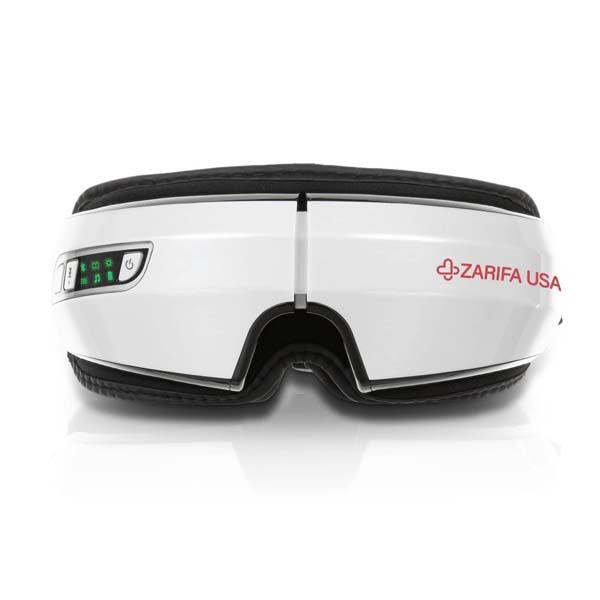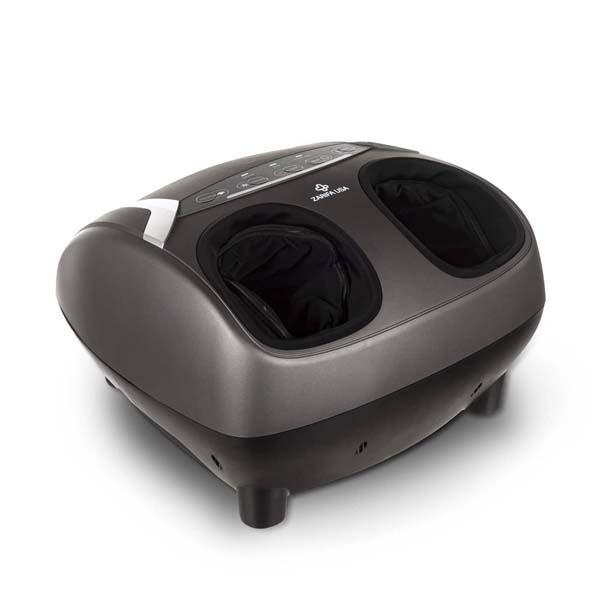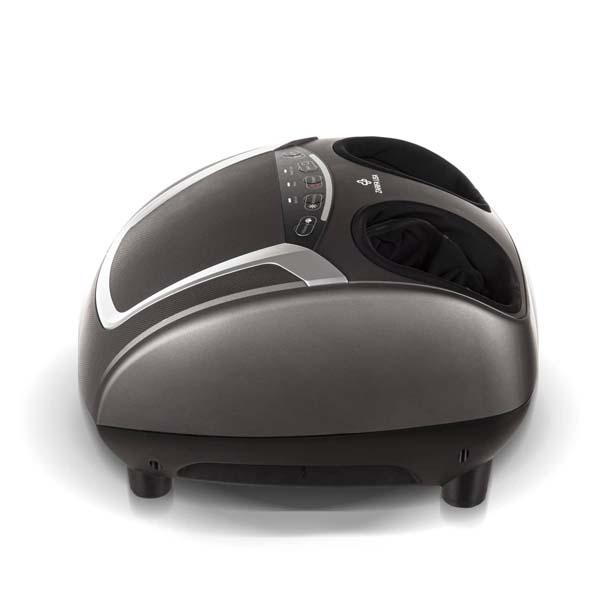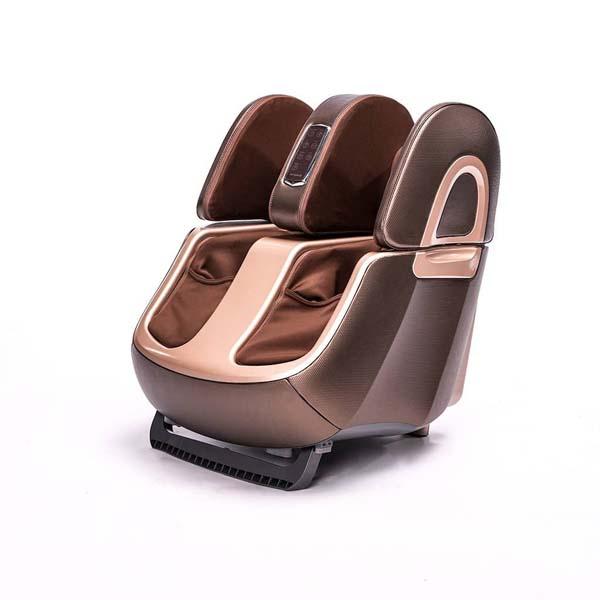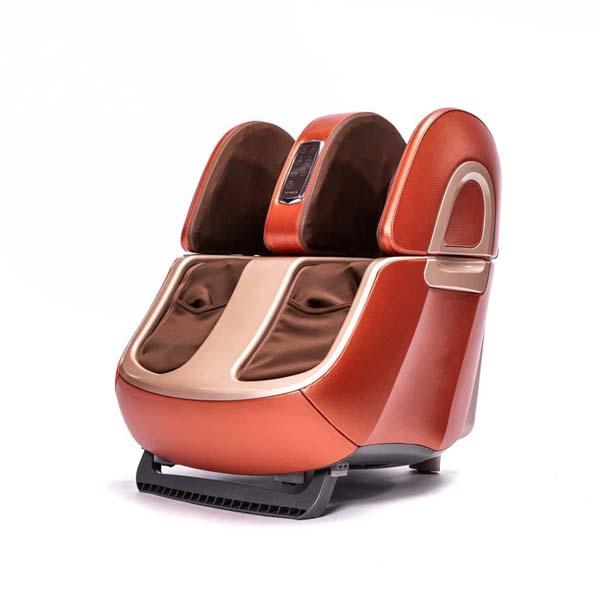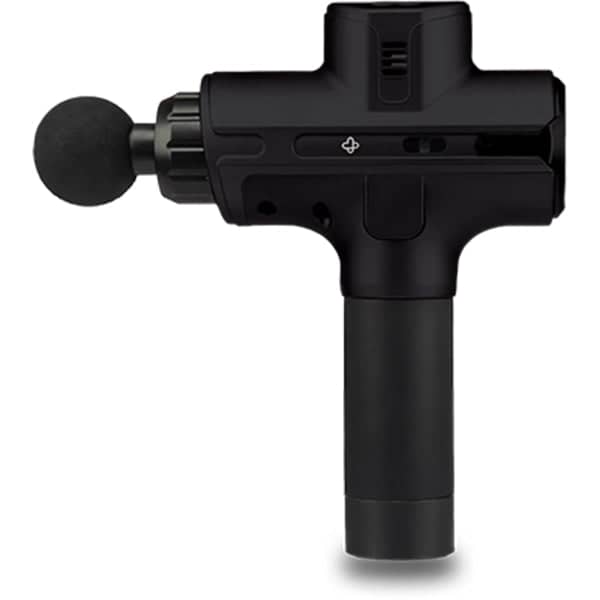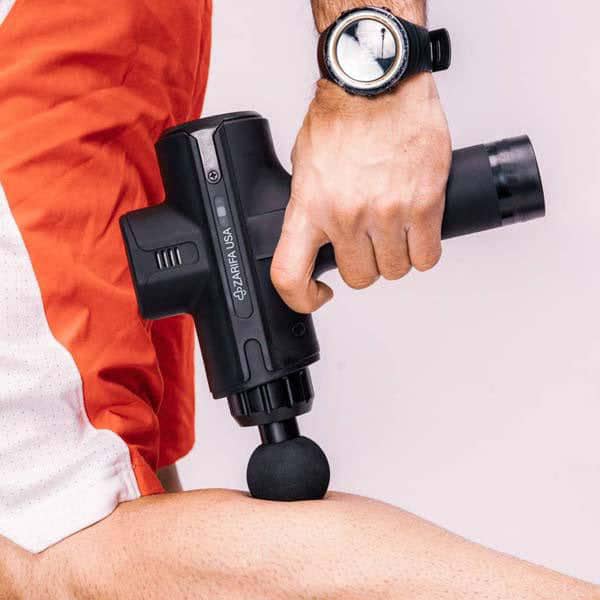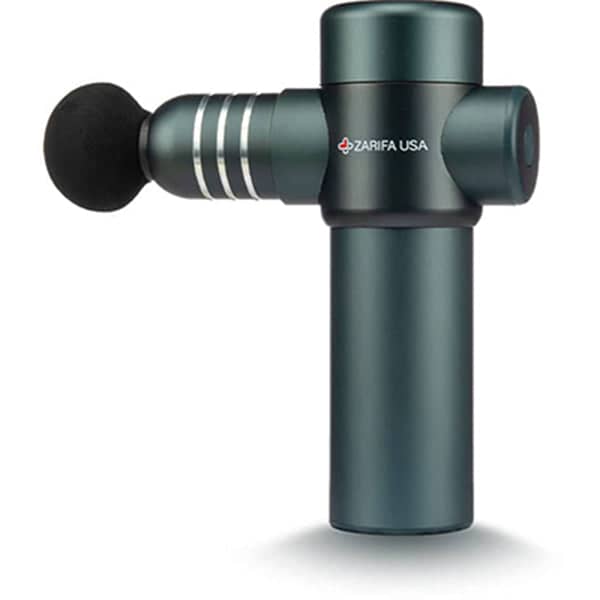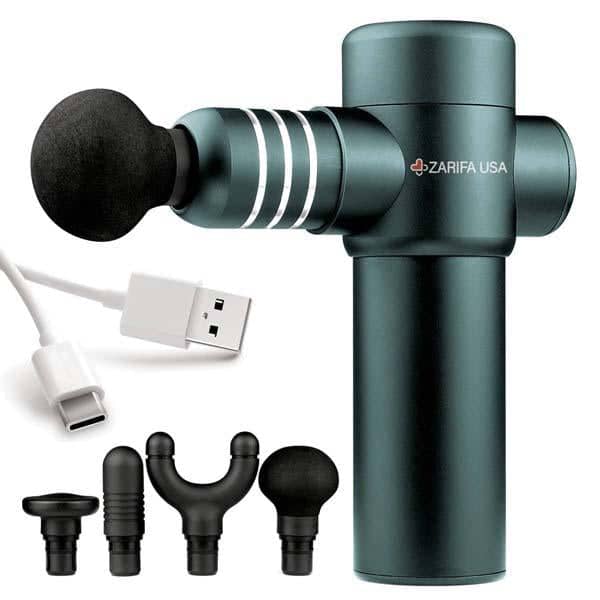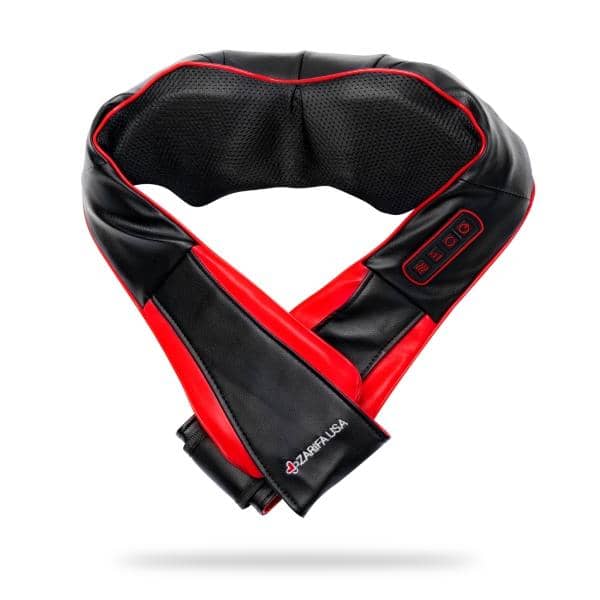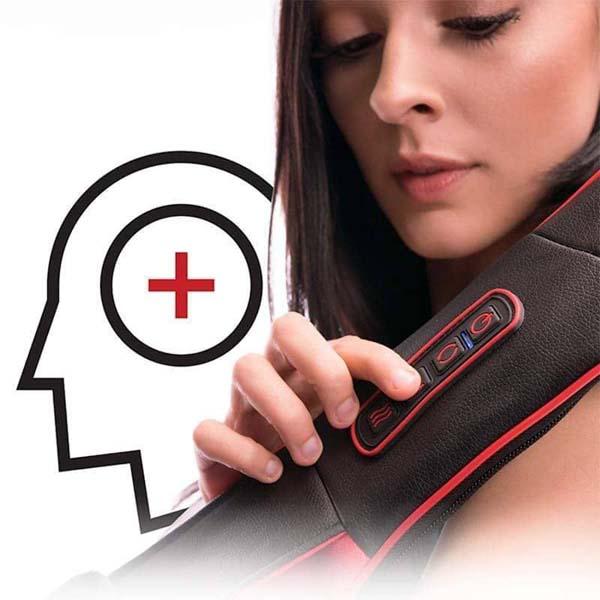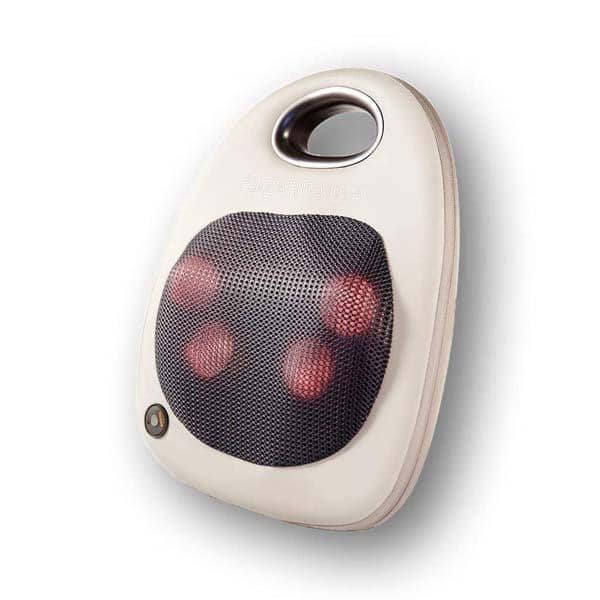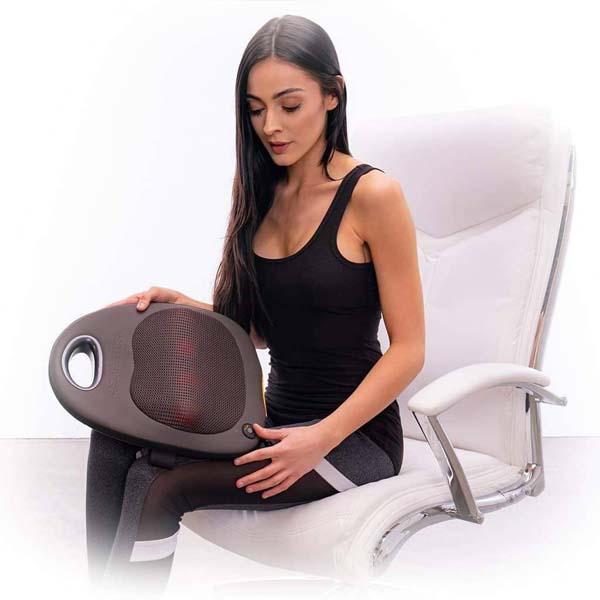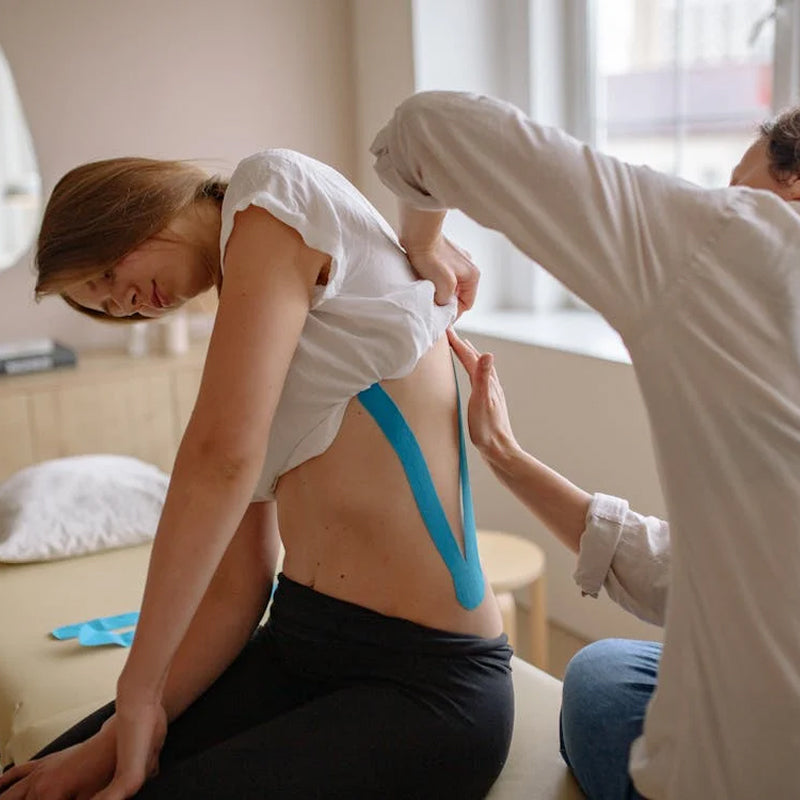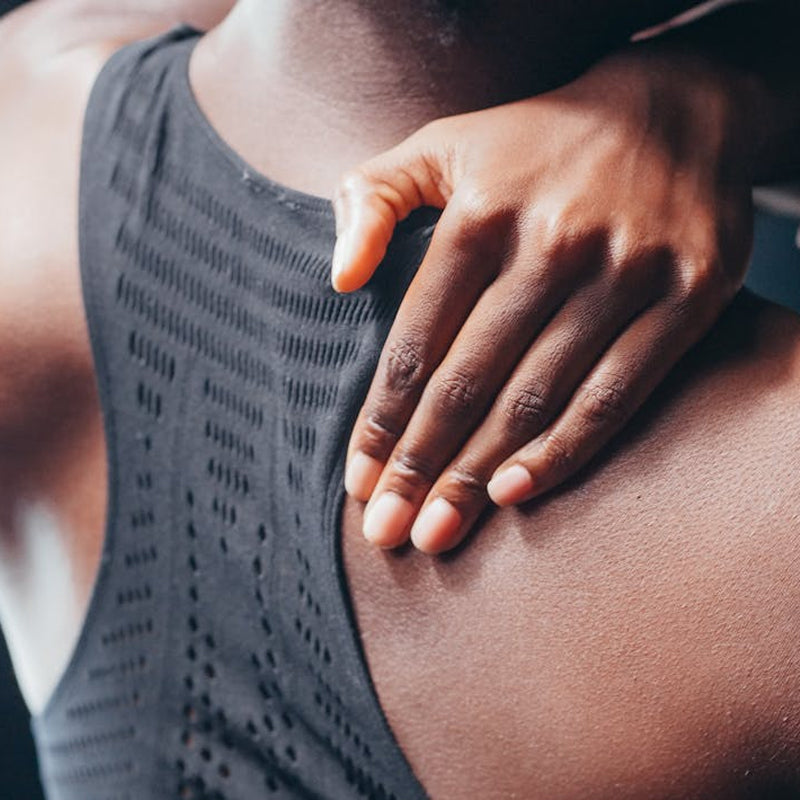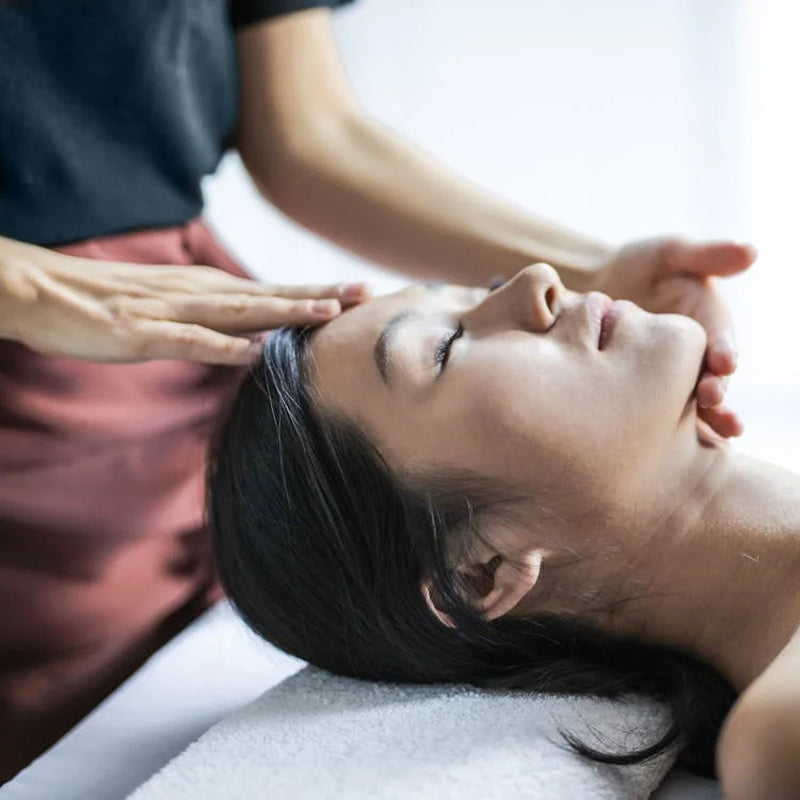If you experience pain or other issues with your legs and feet, there may be a health or medical risk at play. No matter what, consult your doctor for a proper diagnosis. They may report a lack of blood circulation in your legs, especially if there’s swelling, discomfort, or other noticeable issues.
Proper blood circulation helps with strength, mobility, and overall leg health. If you are seeking to improve circulation in your lower body, this post contains some tips on how to improve blood circulation in your legs.
Stretching
Stretching is one of the easiest ways to increase blood circulation throughout your body, especially in the legs. Performing light, basic stretches each morning enhances oxygen circulation and improves flexibility and mobility. As stretching releases tension in your muscles, it enables your circulatory system to transfer nutrients to your organs and tissue.
Keep in mind that you don’t need to spend hours stretching to experience the benefits. Simply spend five to 10 minutes each morning performing basic stretches to strengthen your muscles while improving function and movement.
Light Exercise
After you stretch, it may also help to perform some light exercises. Whether these are plyometric bodyweight exercises or ones that use equipment at a commercial gym, there are endless opportunities to strengthen your body for greater health and circulation.
However, make sure you perform low-impact exercises, as this reduces strain on your joints. For example, a brisk walk around the neighborhood is a great low-impact activity to increase blood flow. Jogging, cycling, and weightlifting are also common exercises to reduce blood pressure and improve strength, endurance, and cardiovascular health.
Weightlifting in particular is beneficial to improve blood circulation as the muscle contractions boost blood flow throughout your veins.
Consult your doctor first before undergoing any physical activity in case of medical issues that may affect or be aggravated by your performance.
Compression Clothing
Compression clothing is a great way to continuously and effortlessly help promote blood circulation throughout your body. To improve circulation specifically in your legs, wear compression socks. These socks reduce swelling and discomfort while improving blood flow. That’s because compression socks help contract and relax your legs, similar to walking. And as previously mentioned, muscle contractions result in healthy blood flow to the contracting area.
Do be sure to wear the appropriate size of compression socks. If they fit too tightly, they can have a negative effect on your circulation. They may even cut off blood circulation, which will damage your tissue. Compression socks should fit snugly and apply mild pressure. If they’re painfully tight, you need to size up; if they don’t apply pressure, you should size down.
Destressing
Did you know that taking care of yourself can improve your circulation? Stress has an adverse effect on the body. When you’re stressed, your brain releases a flood of hormones. This flood results in increased blood pressure, causing your blood vessels to narrow and limiting circulation.
Therefore, do yourself a favor and make sure to prioritize moments of self-care. This can be as simple as a warm cup of tea or reading a book. You can also try meditation to release any mindful annoyances. Additionally, therapy remains one of the best ways to resolve past trauma that may be affecting your peace of mind.
Since stress is unique to each person, you should find the methods for relief that work best for you. What remains important is that destressing is an important aid when it comes to improving your overall well-being, even down to your circulation. Whether you destress with a comfort meal or spending time with loved ones, take care of your mental health to, in turn, improve your circulation.
Hydrating
Hydrating properly is another key way to improve blood circulation in your legs. Water is one of life’s essential nutrients. You may have grown up hearing the recommendation to drink eight 8 oz glasses of water a day. This is not far off, as most people need about 12 to 15 cups of fluids each day for optimal hydration. However, athletes or people who sweat a lot may need more to make up for the fluid lost through sweat.
Drinking enough water is crucial for healthy blood circulation. When you’re in a state of dehydration, your body retains more sodium, which makes your blood thicker and harder to circulate. Proper hydration thins the blood for your heart to pump more easily.
Eating a Healthy Diet
A healthy diet must also make your priority list. You’ve heard people tell you to eat your fruits and vegetables, and you are probably aware of the myriad benefits healthy eating can have on your life. But did you know that healthy foods help prevent heart disease and blood clots?
Processed foods are infamous for their high-fat, high-sodium content, which can lead to blood clots in your arteries. In turn, these clogs can prevent blood from circulating throughout the body—especially to the heart—and can result in cardiac arrest.
Healthy, nutritious foods, on the other hand, have the opposite effect. Healthy foods keep your arteries clear, and they provide numerous other health benefits. Lean proteins release amino acids to strengthen muscles and joints. Complex carbohydrates, such as sweet potatoes and brown rice, energize your glycogen stores so you have more energy to engage in exercise or other activities. Healthy fats, such as olives and avocado, support cell function and regulate hormones to decrease stress and anxiety. All of these health benefits work together to strengthen your body and optimize every one of its functions, a key one being your circulatory system. So if you want to improve your circulation in your legs, start with what enters your stomach.
Massaging
One of the best ways to improve blood circulation in your body is through a massage. Massages stimulate blood flow, encouraging blood to move throughout the massaged area.
Fortunately, you don’t need to spend a lot of money and time scheduling massage appointments. Zarifa USA has a wide selection of premium FSA eligible foot massagers to help you improve blood circulation in your legs. These foot massagers provide exceptional, medical-grade kneading, compressing, and rolling for your muscles and joints. Based on an ergonomic design, the precision-point rollers and gentle air techniques propel your massage experience to the next level. We offer financing on all our massagers, and they’re HSA and FSA compliant. Call now with any questions or concerns—we’re happy to help!


